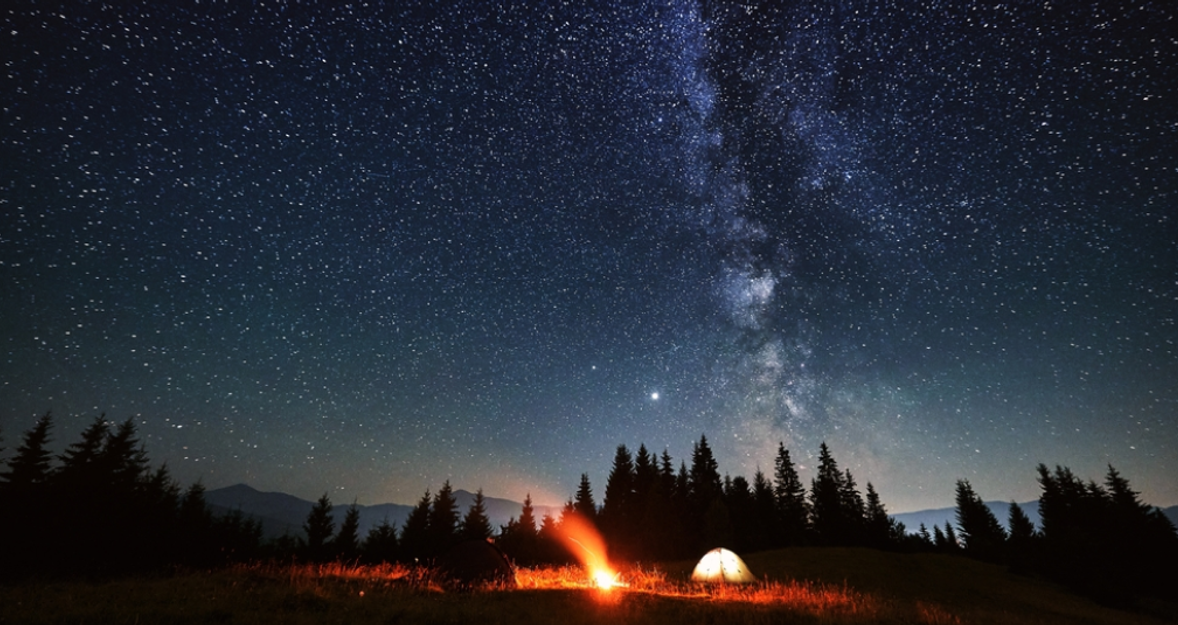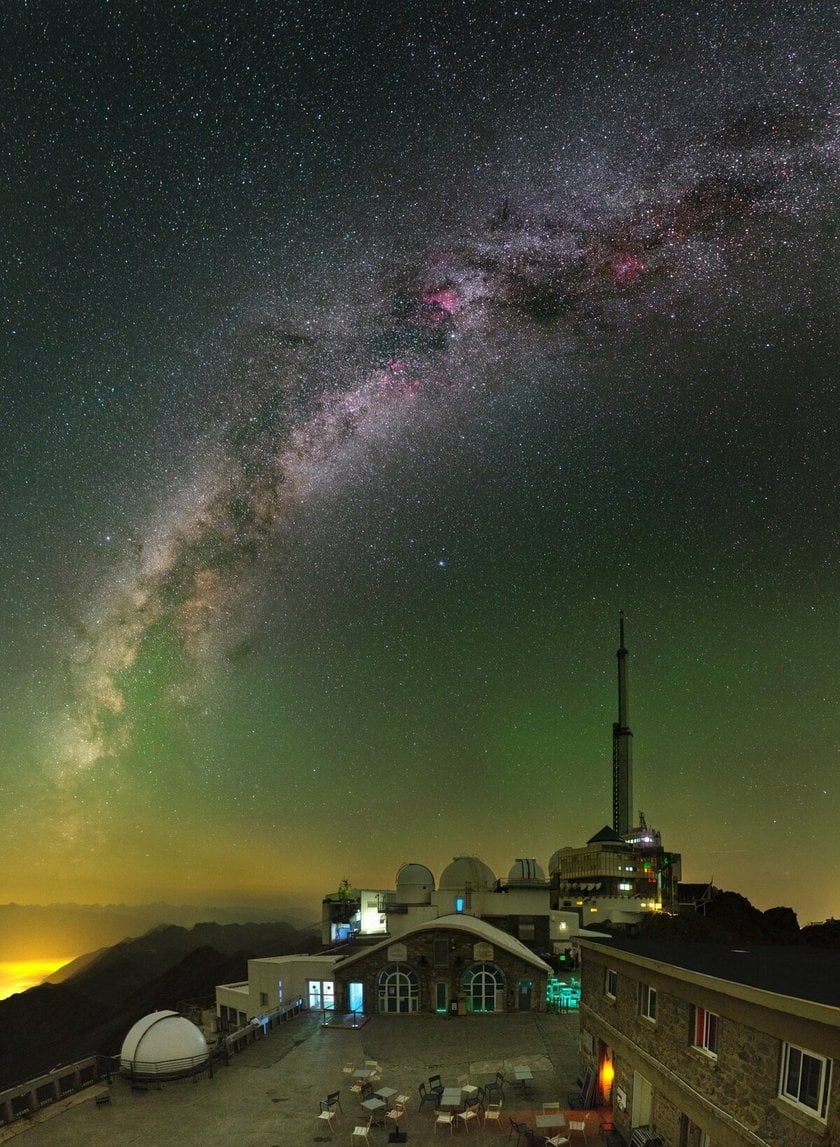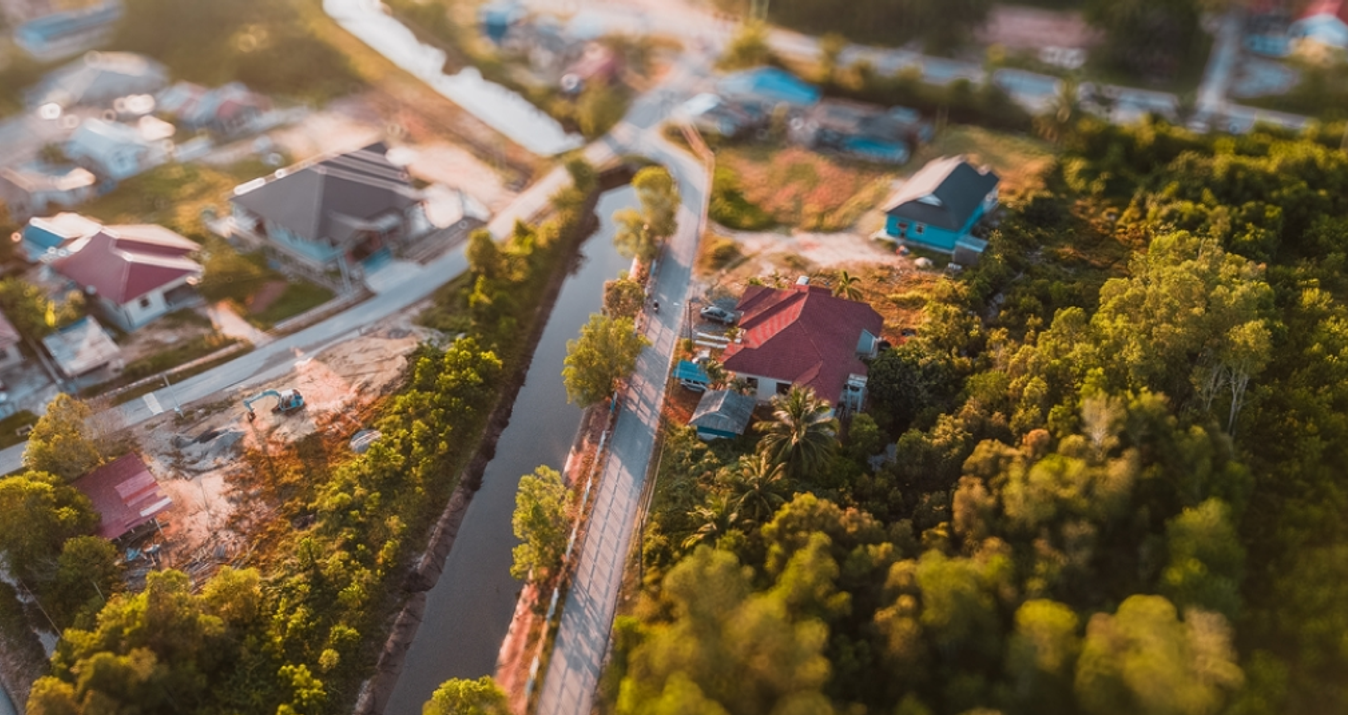Best Places for Astrophotography in 2025
Last Updated on September 17, 2025

Looking for the best places for astrophotography in 2025? Discover top global destinations with clear skies and minimal light pollution.
LEARN WHAT’S NEXT!
And never miss the most exciting updates from Skylum.

Congrats, you’re in!
Don’t forget to check your inbox from time to time.

Sorry!
Looks like you're subscribed already

Error! This is sad. Looks like you’ve earlier unsubscribed from Skylum emails.
The future of astrophotography will be even brighter, with new cameras and drones, as well as the use of AI-powered telescopes, bringing the night sky closer to amateurs and experts. Even editing applications will change in 2025, and most photographers try to find the best photo editor to polish their cosmic captures. But technology alone isn’t enough — the places where you shoot matter just as much. Here are our top 12 destinations in the world to capture the perfect astrophotography shots.
What Makes a Location Ideal for Astrophotography?
 The most critical factor in astrophotography is darkness. Far from city lights, the Milky Way and faint nebulae appear with breathtaking clarity, providing the perfect backdrop for long exposures. Of course, darkness isn’t the only thing to consider.
The most critical factor in astrophotography is darkness. Far from city lights, the Milky Way and faint nebulae appear with breathtaking clarity, providing the perfect backdrop for long exposures. Of course, darkness isn’t the only thing to consider.
Your AI-Powered Photo Editor for MacOS and Windows
Discover Now!The table below outlines the other conditions that make a location truly ideal.
Standards | Description |
Darkness | The fact that there is no light pollution is the most exclusive consideration of astrophotography. The Milky Way and dim nebulae can be seen to their full extent in truly dark skies. |
Elevation | The elevated mountain ridges or desert plateaus make the atmosphere less distorted, and the stars are clearer and sharper. |
Stable Weather | Mountains and deserts are the most suitable locations for astrophotography, as they offer predictable conditions and minimal cloud interference. |
Accessibility & Safety | The most remote area is supposed to be accessible and secure. It is paramount to strike a balance between isolation and practical access. |
Top Best Places for Astrophotography in 2025
The gorgeous skies over the globe could be easily found if you know where to look. It is simple to use a free photo editor for beginners to edit their first astrophotography images. However, the best way is to take shots in the right places.
1. Kerry, Ireland
Kerry in Ireland is a place with dramatic scenery and extraordinarily dark skies. The Milky Way, meteor showers, and constellations are all visible to the naked eye at the Kerry International Dark-Sky Reserve. It is one of the most memorable low-light pollution astrophotography destinations in Europe, with remote beaches, mountains, and preserved areas.
2. NamibRand Nature Reserve, Namibia
The Namibrand Nature Reserve is one of the most popular dark-sky sites in Africa, boasting deserts and clear skies. It has very little light pollution, so the views of the Southern Cross, the Milky Way, and the Magellanic Clouds are breathtaking. Being among the first International Dark Sky Reserves in the Southern Hemisphere, it provides cosmic perspectives that are even more eminent against the background of the desert red sands.
3. Westhavelland, Germany
In Germany, the first Dark Sky Reserve was the Westhavelland Nature Park near Berlin, which consists of expansive fields, rivers, and wetlands with very little light pollution. It is strategically placed to view the Milky Way, Orion Belt, and meteor showers, and its tranquil rivers and wetlands form a harmony with the stars.
4. River Murray Dark Sky Reserve, South Australia
The River Murray Dark Sky Reserve is one of the darkest locations in Australia to capture a photo of the Milky Way and other celestial wonders. It has clear weather, minimal light pollution, and dramatic sectors, rivers, cliffs, and eucalyptus trees create special formations to be photographed using a telescope.
5. Mont-Mégantic, Quebec, Canada
The first International Dark Sky Reserve in the world, Mont-Megantic National Park in Canada, is ideal when it comes to taking pictures of the Milky Way, meteor showers, and star trails. It is accessible and with extremely dark skies, and forested mountains and lakes that give beautiful reflections of the stars.
6. Moore's Reserve, South Downs, England, UK
The hills and clear skies of the South Downs in Moore Reserve are ideal. The low intensity of light pollution allowed by the reserve allows stars, the Milky Way, and meteor showers to be seen very well. The soft topography supports imaginative foreground images, and the ease of access permits photographers to take images of beautiful night skies even without travelling a long distance beyond the English countryside.
7. Pic du Midi de Bigorre, France
Astrophotography can be observed without equal at Pic du Midi, a mountain-top observatory near the French Pyrenees. Its height and low levels of atmospheric disturbance expose the stars, planets, and objects in the deep skies. The observer, as such, can be used as a dramatic foreground. The skies are clear and reachable by European travelers, making it an ideal place to take photographs of the clear celestial skies.

8. Elan Valley, Wales, UK
Elan Valley in Wales is a good place to do night photography; it has dark skies, picturesque reservoirs, hills, and valleys. The light pollution is very minimal in this place, and the reservoirs, hills, and valleys make a natural environment that makes the view of the night sky bright.
9. Death Valley National Park, California, USA
Death Valley is an ideal astrophotography location; it is one of the darkest and driest places in the USA. It has enormous desert plains, dunes, and peculiar rock formations that provide dramatic foregrounds to the Milky Way, star trails, and meteor showers. The light pollution is minimal; its desert plains, dunes, and surreal rock formations turn night photography into a striking play of light and shadow.
10. Big Bend National Park, Texas, USA
Big Bend has large deserts and mountains with incredibly dark skies. It offers good views of the Milky Way and the southern constellations, far beyond the light of the city. Nighthawks Photographers will have the opportunity to shoot breathtaking desert domains and heavenly sights, and southern constellations can be seen here, opening rare perspectives for astrophotographers.
11. Great Basin National Park, Nevada, USA
Great Basin National Park has high skies and extremely low light pollution, and is an ideal place to shoot and observe astrophotography and stars. It boasts dramatic foregrounds, including its mountains, caves, and alpine forests, as well as the Milky Way, meteor showers, and distant galaxies, which can be viewed during clear nights. Its alpine forests, caves, and rugged peaks combine with clear skies to make every capture distinctive.
12. Joshua Tree National Park, California, USA
The Joshua tree is a mixture of classic desert scenery and some of the darkest skies in California. It boasts its own Joshua trees, rocks, and open horizons, making it an ideal location for capturing the Milky Way, star trails, and meteor showers. Reduced light pollution means high-quality photography of the night sky, the park’s iconic Joshua trees, and rocky horizons add a distinctive atmosphere that complements the dark, star-filled skies.
How to Capture Stunning Astrophotography in These Locations
 Astrophotography is worth noting about taking your camera and pointing it at the sky. The trick lies in planning, the right equipment, and the right time and conditions. Even a simple scenery with clever planning can be turned into an impressive star-filled and heaven-filled photo with the details of the sky.
Astrophotography is worth noting about taking your camera and pointing it at the sky. The trick lies in planning, the right equipment, and the right time and conditions. Even a simple scenery with clever planning can be turned into an impressive star-filled and heaven-filled photo with the details of the sky.
Learn more: Beginner’s Guide to Techniques in Astrophotography
Planning Your Shoot: Moon Phases and Weather Conditions
It is the core of astrophotography magic. Seek out dark skies at night. Find nights when light pollution is low and a full moon gives you the darkest skies. The clearest weather is that without clouds. So when you are selecting the location and time to take your photos, make sure that they portray the alluring nature of the stars and celestial patterns overhead.
Essential Gear for Night Sky Photography
The camera is the right equipment. A heavy tripod eliminates motion blur, and the large aperture of a wide-angle lens gives more of the sky. A remote shutter release or timer will assist in reducing camera shaking. A red flashlight is handy when you are doing long shoots outside because it still helps you see at night.
Best Camera Settings for Astrophotography
In order to take really spectacular astrophotography, one has to prepare more than just dark skies. Another factor to be taken into consideration is the technical setup, the equipment you carry, and how you organize your session. The first thing is to have your camera settings correct:
Manual mode;
ISO 1600-3200;
Aperture f/2.8;
Shutter speed 15-25s depending on focal length (use the 500 rule).
High ISO is often needed for astrophotography, yet it introduces digital grain that can reduce clarity. To keep long exposure images clean and detailed, use noise reducing software, which helps control unwanted noise while preserving stars and fine structures in the night sky.
Editing Your Astrophotography with Luminar Neo
 Luminar Neo is a convenient AI-powered software and a powerful substitute for Photoshop. It is easy to reveal the Milky Way, adjust exposure, and bring out the finer details with features such as panorama stitching, AI noise reduction, masking, and smart contrast, and ensure that your images are natural and not overprocessed.
Luminar Neo is a convenient AI-powered software and a powerful substitute for Photoshop. It is easy to reveal the Milky Way, adjust exposure, and bring out the finer details with features such as panorama stitching, AI noise reduction, masking, and smart contrast, and ensure that your images are natural and not overprocessed.
Luminar Neo is flexible, and this can be considered its strength. Beginners have the possibility to play with presets, with developed users enjoying selective adjustments, glow effects, dehaze, and golden hour effects. The software can be used in scenery and portraits in addition to astrophotography due to the possibility of removing background fast, overlaying, and sky replacement. With Luminar Neo, you can work either of the two on a small scale or on a grand scale, being fast and natural but maintaining the beauty of the images.
Final Thoughts: Finding the Best Places for Astrophotography
Dark skies and high mountains reveal what the naked eye cannot see. Therefore, a good image sharpener would be an astonishing option for both newcomers and pros. With Luminar Neo, you can easily take pearls from the best places for astrophotography. Just try to snap and have fun with that!





